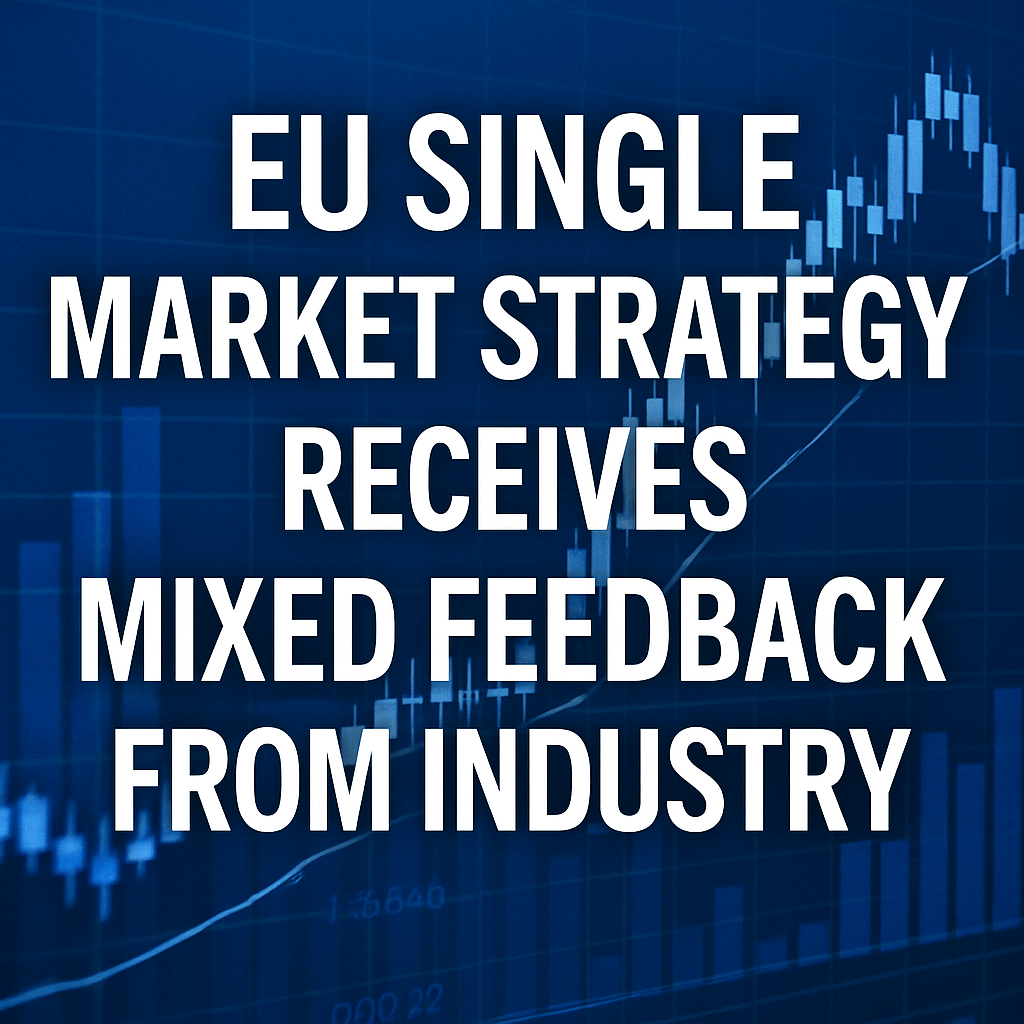EU Single Market Strategy Receives Mixed Feedback from Industry

Background and Historical Context
On Wednesday, European Commission Vice-President Stéphane Séjourné unveiled a renewed single market strategy aimed at dismantling residual barriers between EU member states. This latest communication follows decades of initiatives, beginning with the Monti Report in 2010, itself a follow-up to the original single market framework established in 1993.
The Monti Report proposed deepening integration by opening national service markets and harmonizing regulations. Over successive Commission terms, however, businesses have often complained that high-level communications have failed to deliver concrete improvements in cross-border trade, licensing and regulatory coherence.
Key Proposals of the New Strategy
- Cross-Border Recognition of Professional Qualifications: A technical protocol to align accreditation systems using the European Professional Card framework and new APIs for real-time verification.
- Common Technical Standards: Introduction of EU-wide harmonised standards for digital services, building on the European Standardisation Organisations (CEN, CENELEC, ETSI) to ensure interoperability of e-identification (eIDAS 2.0).
- Streamlined Company Establishment: A digital “Once-Only” principle obliging administrations to reuse company data across jurisdictions through the Single Digital Gateway infrastructure.
Creation of the “Small Mid-Caps” Category
The Commission proposes a new legal form for firms with between 250 and 750 employees and an annual turnover under €150 million. This bridges the gap between SMEs and large corporates by granting limited relief from certain EU regulations:
- GDPR Simplification: Exemptions from complex Record of Processing Activities (RoPA) requirements under Article 30 and relaxation of Data Protection Impact Assessment (DPIA) thresholds.
- Climate and Sustainability Reporting: Phased alignment with the Corporate Sustainability Reporting Directive (CSRD), delaying the full compliance deadline by 12–18 months.
- Financial Disclosure: Reduced audit scope under the revised Transparency Directive, lowering mandatory internal control documentation.
Industry and Expert Reactions
“Every Commission term seems to feature a flagship communication on the single market, going back to the Monti Report, but unfortunately these have not always led to tangible improvements for businesses,” said Ben Butters, CEO of Eurochambres.
“In business, there is a close alignment with the strategy’s objectives given the geopolitical context,” added Executive Vice-President Séjourné, referring to rising trade tensions with the United States and the need to strengthen EU supply chains.
Tech lobbying group CCIA Europe welcomed the move but criticized its narrow scope. “At best, today’s proposal will ease GDPR burdens for just 0.2% of EU companies,” said Claudia Canelles Quaroni, CCIA’s privacy lead. She warned that without broader relief, Europe’s digital competitiveness may continue to lag.
From a consumer standpoint, Agustín Reyna, Director General of BEUC, agreed that simplification can benefit both businesses and end-users. However, he cautioned: “Simplification must in no way equal watering down standards. Opening up the GDPR could jeopardize consumer rights and create legal uncertainty for companies.”
Technical Challenges in Harmonizing Data Regulations
EU member states maintain diverse interpretations of GDPR, especially regarding Art. 6 lawful processing bases and national derogations for research and public interest. Achieving true harmonization will require:
- Enhanced guidance from the European Data Protection Board (EDPB) and real-time case management dashboards.
- Implementation of cross-border data flow mechanisms compatible with the upcoming Data Act and Digital Services Act (DSA).
- Integration with the EU’s AI Act, ensuring that AI systems shared across borders respect uniform transparency and accountability standards.
Geopolitical Implications
The strategy emerges amid an intensifying trade war with the United States—exacerbated by the U.S. Inflation Reduction Act—and growing concerns over China’s market influence. The EU is keen to:
- Strengthen internal resilience by securing strategic supply chains for semiconductors, batteries and critical raw materials.
- Balance open trade with security safeguards, using investment screening mechanisms under the FDI Regulation.
- Coordinate with like-minded partners on digital rule-making to counter fragmented global standards.
Enforcement and Implementation Mechanisms
Experts emphasize that new directives must be backed by robust enforcement. Recommendations include:
- Establishment of a dedicated Single Market Enforcement Task Force to monitor national compliance and trigger infringement proceedings more swiftly.
- Annual peer reviews under the Better Regulation Agenda, comparing member-state progress on market opening and administrative burden reduction.
- Development of a public dashboard tracking the use of the “Once-Only” principle and cross-border professional mobility.
Conclusion
While the Commission’s new single market strategy lays out technically detailed solutions—from harmonized e-services to a novel “small mid-caps” regime—its success will depend on decisive implementation and political will at national level. Businesses remain cautiously optimistic but insist that further legislation must be matched by concrete enforcement.
Hi,
I just visited yieldradar.info and wondered if you’d ever thought about having an engaging video to explain what you do?
Our videos cost just $195 (USD) for a 30 second video ($239 for 60 seconds) and include a full script, voice-over and video.
I can show you some previous videos we’ve done if you want me to send some over. Let me know if you’re interested in seeing samples of our previous work.
Regards,
Joanna
Hi,
I just visited yieldradar.info and wondered if you’ve ever considered an impactful video to advertise your business? Our videos can generate impressive results on both your website and across social media.
Our prices start from just $195.
Let me know if you’re interested in seeing samples of our previous work.
Regards,
Joanna
Hi,
I just visited yieldradar.info and wondered if you’d ever thought about having an engaging video to explain what you do, or to be used on social media as a promotional tool?
Our videos cost just $195 USD for a 30 second video ($239 USD for 60 seconds) and include a full script, voice-over and video.
I can show you some previous videos we’ve done if you want me to send some over. Let me know if you’re interested in seeing samples of our previous work.
Regards,
Jo